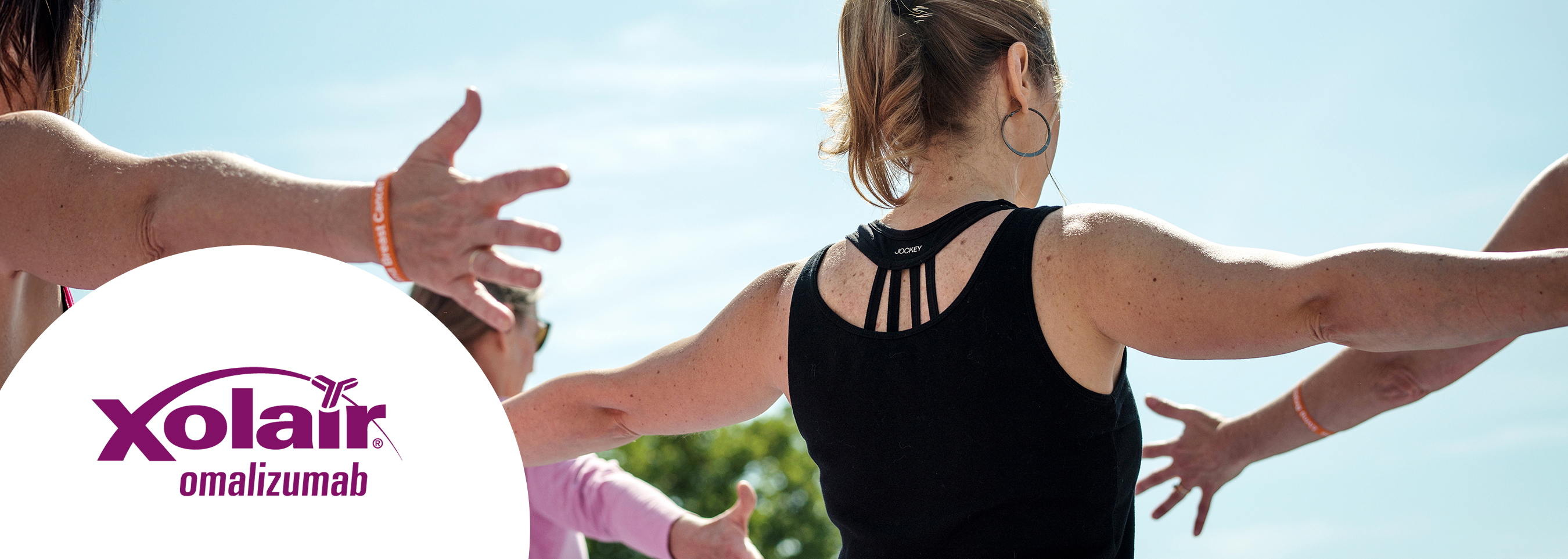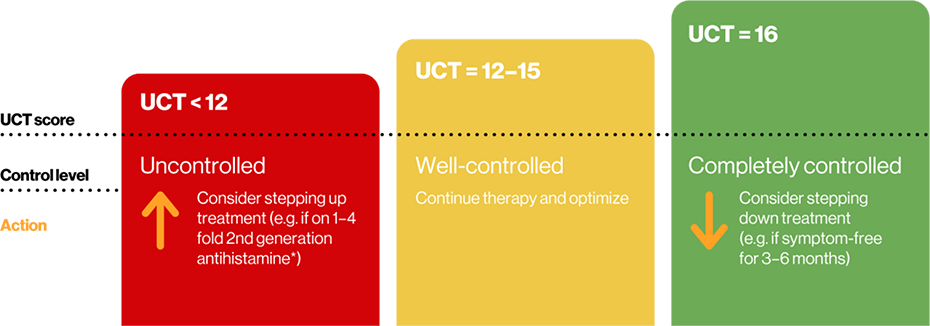AE-QoL, angioedema-quality of life questionnaire; BSACI, British Society for Allergy and Clinical Immunology; CI, confidence interval; Cu-Q2oL, chronic urticaria-quality of life questionnaire; CSU, chronic spontaneous urticaria; DLQI, dermatology life quality index; EAACI, European Academy of Allergy and Clinical Immunology; EDF, European Dermatology Forum; GA2LEN, Global Allergy and Asthma European Network; IgE, immunoglobulin E; ISS, itch severity score; NICE, National Institute for Health and Care Excellence; PROM, patient-reported outcome measure; SmPC, summary of product characteristics; UAS7, urticaria activity score at seven days; UCT, urticaria control test; WAO, World Allergy Organization.



















